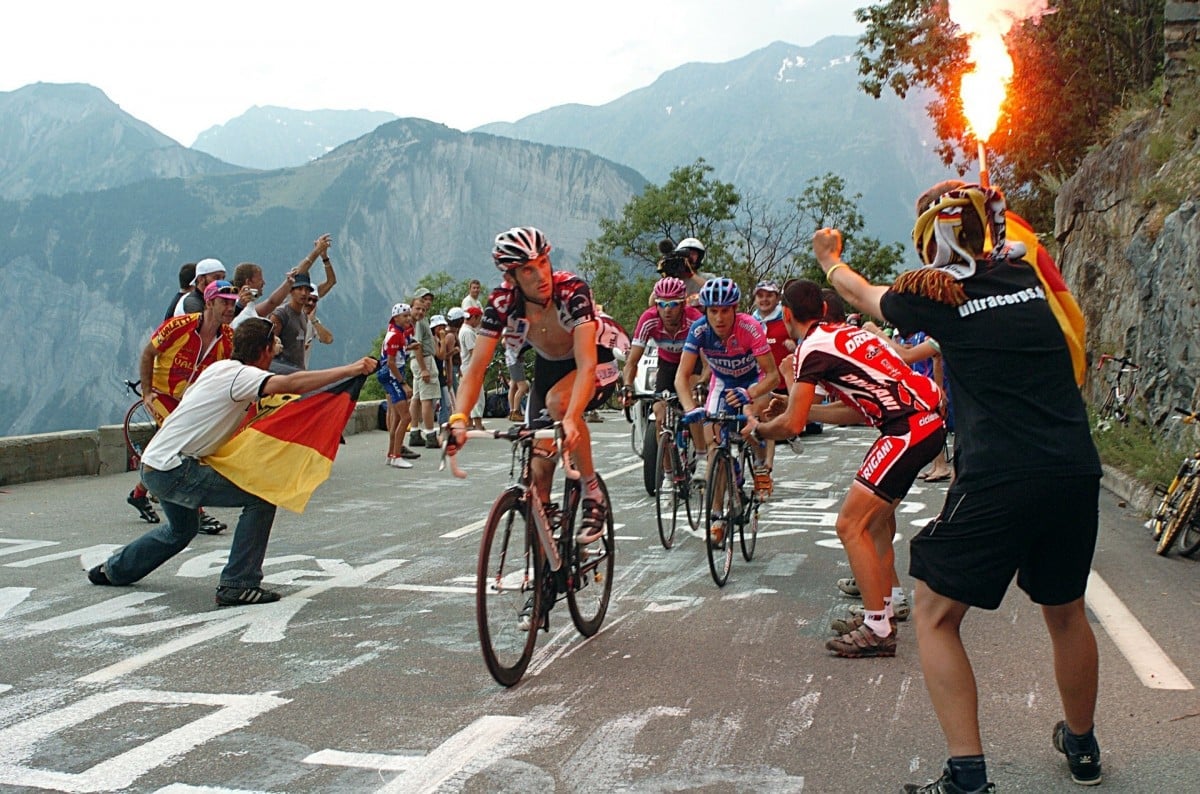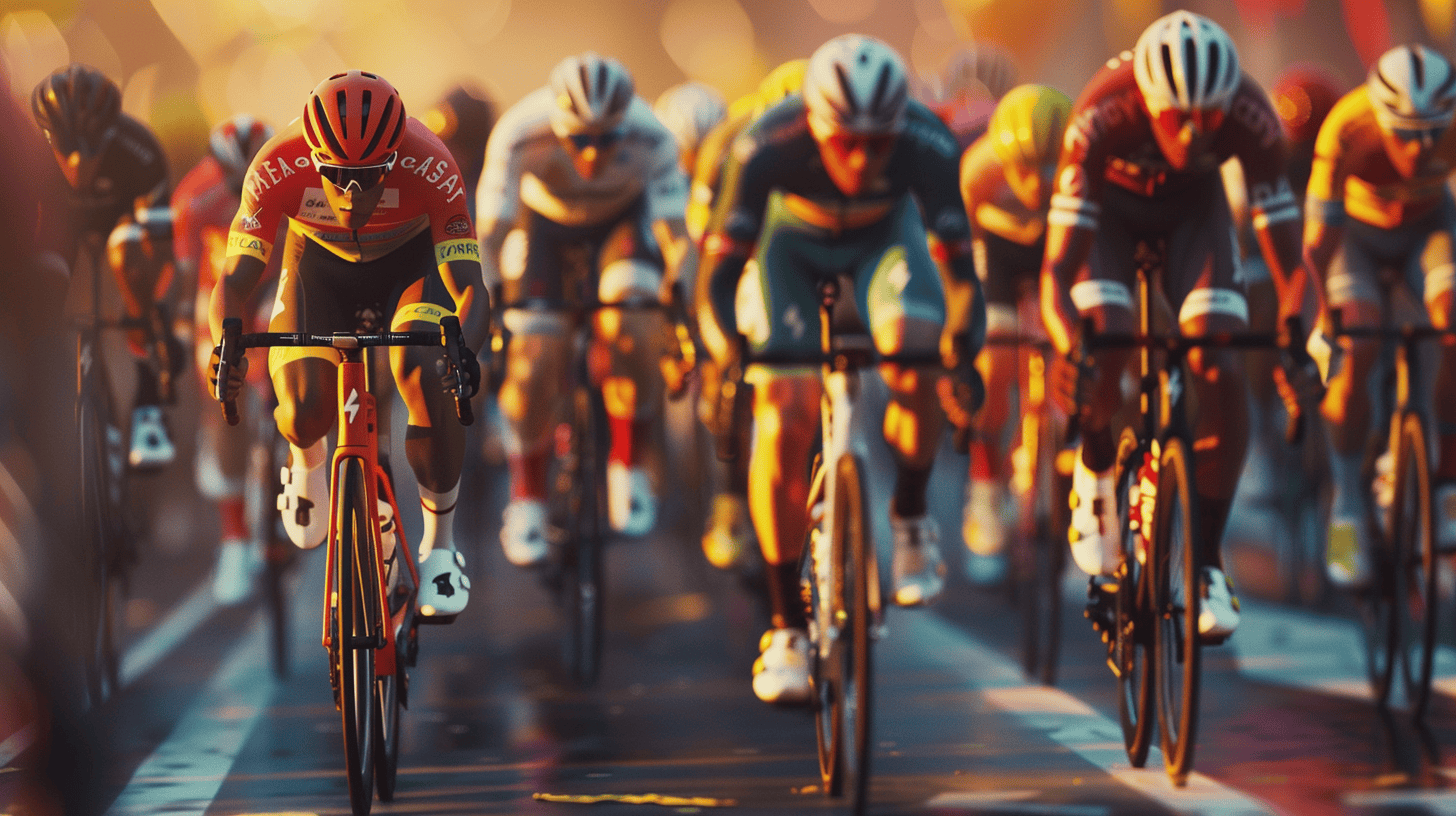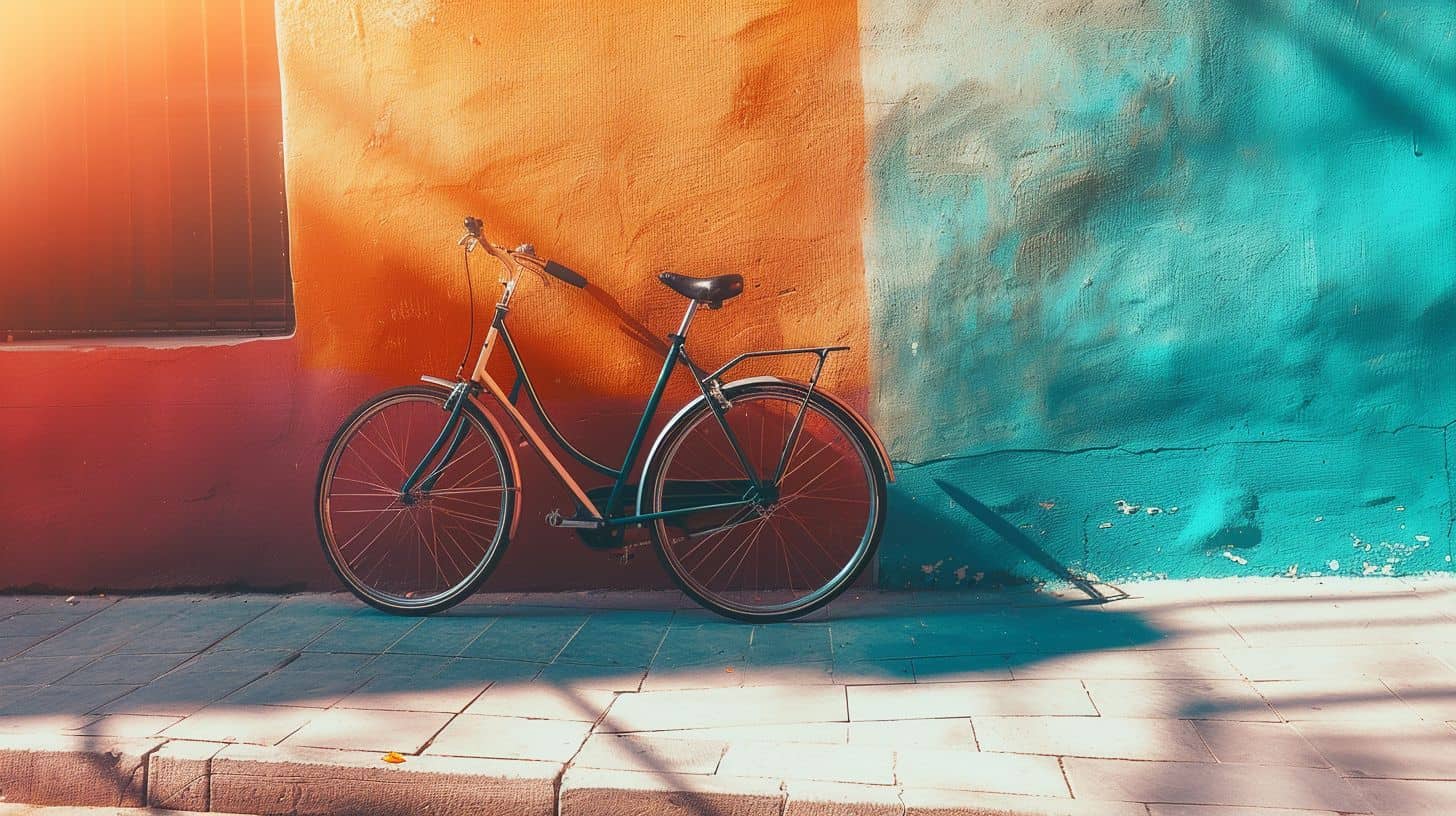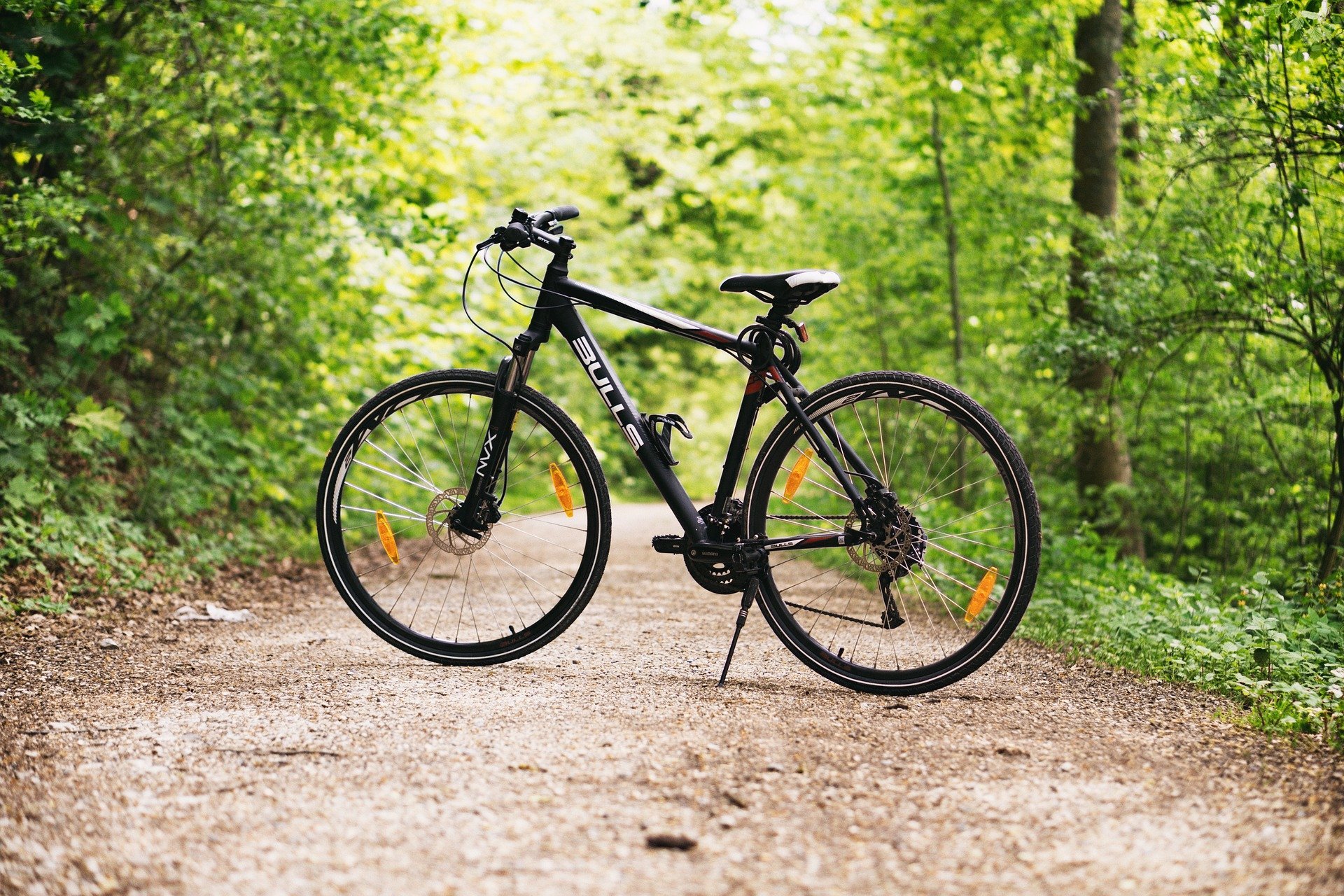
Next Saturday the Tour de France will get off to a start in Brussels. The first 200 km is a level race, an excellent opportunity for sprinters. How do cycling teams ensure behind the scenes that sprinters arrive at the start one hundred percent fit? And will riders get any new gadgets that give them that extra boost? At Team Jumbo-Visma, sprinter Dylan Groenewegen made no secret of his dream: he’s intent on Saturday’s yellow jersey. Last year he won two stages in the tour, and already he has been the first to cross the finish line ten times during this season.
In cycling, teams constantly try to outdo each other. Not only by using the most advanced equipment, but also by improving nutrition, training methods and in all kinds of other areas. That’s why Innovation Origins is looking for innovations inside the peloton in the run-up to the Tour de France. Here is the first of these stories.
Mathieu Heijboer is the head of performance within Team Jumbo-Visma and is responsible for everything concerning the race preparation process. From planning training schedules and altitude routes, to which tyres will be on the wheels. Heijboer was asked whether new scientific insight has led to a different approach this year. “Last year was a successful tour, that preparation has been a blueprint for this year. So in that respect, not a great deal has changed.”
Preparation
However, the support staff of the cycling team did look at last year’s data and drew lessons from it: “Last year Groenewegen wasn’t quite fit enough during the first few days of the race. On the basis of that information, we have adapted his training so that – as we see it – he will be fit when he arrives at the start on Saturday. And there are also a few minor differences for the other ranked riders. But that should be the case; this tour has a lot of races above 2000 meters, much more than last year. This means that riders have to increase their altitude practice so that their bodies can get used to these conditions.”
“The time constraints were enormous, we insisted on taking that time trial bike with us on the tour. In hindsight, you might slap yourself in the face. We first looked into where things could go wrong, but soon came to the conclusion that we simply hadn’t taken enough time to test and adjust the bike properly. This is very important, especially for a time trial bike. Now we know better.” Mathieu Heijboer, Jumbo-Visma.
Groenewegen is thus starting in top form. But what about his equipment? “We can’t just change parts. We have to request this from the UCI and they have to assess it all before we can use it in a race. That is why many of us work together with our stock partners. We let them know what riders need. Then a manufacturer will develop it and look at what is feasible within the rules. But the manufacturers themselves also work on improving their products. The great thing is that we as a cycling team are able to provide a lot of input. As a result, we are constantly contributing to innovation.”
Custom-made contact points
According to Heijboer, in recent years it has become more and more common for contact points – saddle, handlebars, pedals and shoes – to be made entirely to measure for riders in pelotons. “They spend long days on the bike, good posture makes them use the right muscles. If you are riding in the wrong way, you tend to compensate with other muscles,” explains Heijboer. By paying attention to customized contact points, riders are able to ride more comfortably, stay fit longer and prevent injuries. Together with FSA (one of their material partners), Jumbo and the Eindhoven University of Technology, the team developed for this tour a customized time trial for Steven Kruiswijk – one of the team’s ranked men. Lighter and more aerodynamic than the previous model, the handlebars provide more support and comfort, precisely calibrated for Kruiswijk. “You have to take your time with this, test everything thoroughly. Everything that Steven touches on his handlebars, has been based on his body. We made a handlebar like this for Roglic from the Giro peloton. This way of designing is becoming more and more common for pelotons.”
Ideas for product innovations do not always come from a manufacturer or a team, as according to Heijboer, there are plenty of riders who come up with their own ideas or have very specific requests: “Tony Martin, one of our best time trial riders, moves a great deal on his saddle during time trials. He came up with a solution himself and stuck a piece of sandpaper on his saddle to prevent him from sliding,” remembers Heijboer. But because this is not allowed under UCI regulations, Jumbo-Visma sent Martin’s saddle – with the sandpaper – to Fizik, their saddle supplier.
“Ideas that the guys come up with themselves are often the best, they can feel exactly what they need or where there is still room for improvement.” Mathieu Heijboer, Jumbo-Visma.
Fizik set to work and subsequently a prototype of the saddle has been registered with the UCI and approved for the Tour. “Soon there will be Tony Martin saddles for sale,” says Heijboer. But it doesn’t stop there: “We continued on with this and asked AGU (the cycling apparel manufacturer) to make a similar piece for the time trial suit. This makes the suit fit even better on the saddle. Ideas that cyclists come up with themselves are often the best, they can feel exactly what they need or where there is still room for improvement.” The new saddle and time trial suit will be ready in time for the Tour and should help Tony Martin to achieve a faster time trial.
Doesn’t always go well
But new material does not always work out better. In 2014 Jumbo-Visma (then still Belkin) had problems with Bianchi’s time trial bike. The rear wheel was so close to the frame and the brake, that it stalled when a lot of power was used. At the same time, the riders also complained that the bike was not rigid enough. “The time constraints were enormous, we insisted on taking that time trial bike with us on the tour. In hindsight, we might knock our heads against the wall. We first looked into where things could go wrong, but soon came to the conclusion that we simply hadn’t taken enough time to test and adjust the bike properly. This is very important, especially with a time trial bike. Now we know better.”
“The bike had a false start. Since then we have been working with Bianchi to improve and adapt the model based on input from cyclists. Sometimes you have to take two steps back before you can take three steps forward. Now we have one of the most aerodynamic time trial bikes out there. We hope to win the 10th time trial of the season soon. That says it all, doesn’t it?”







